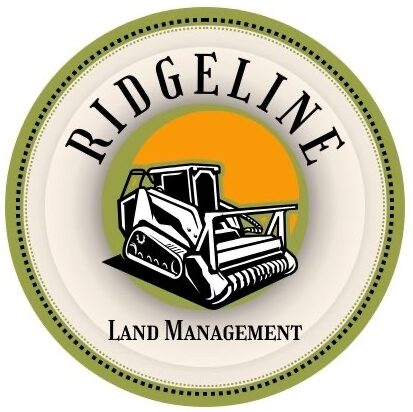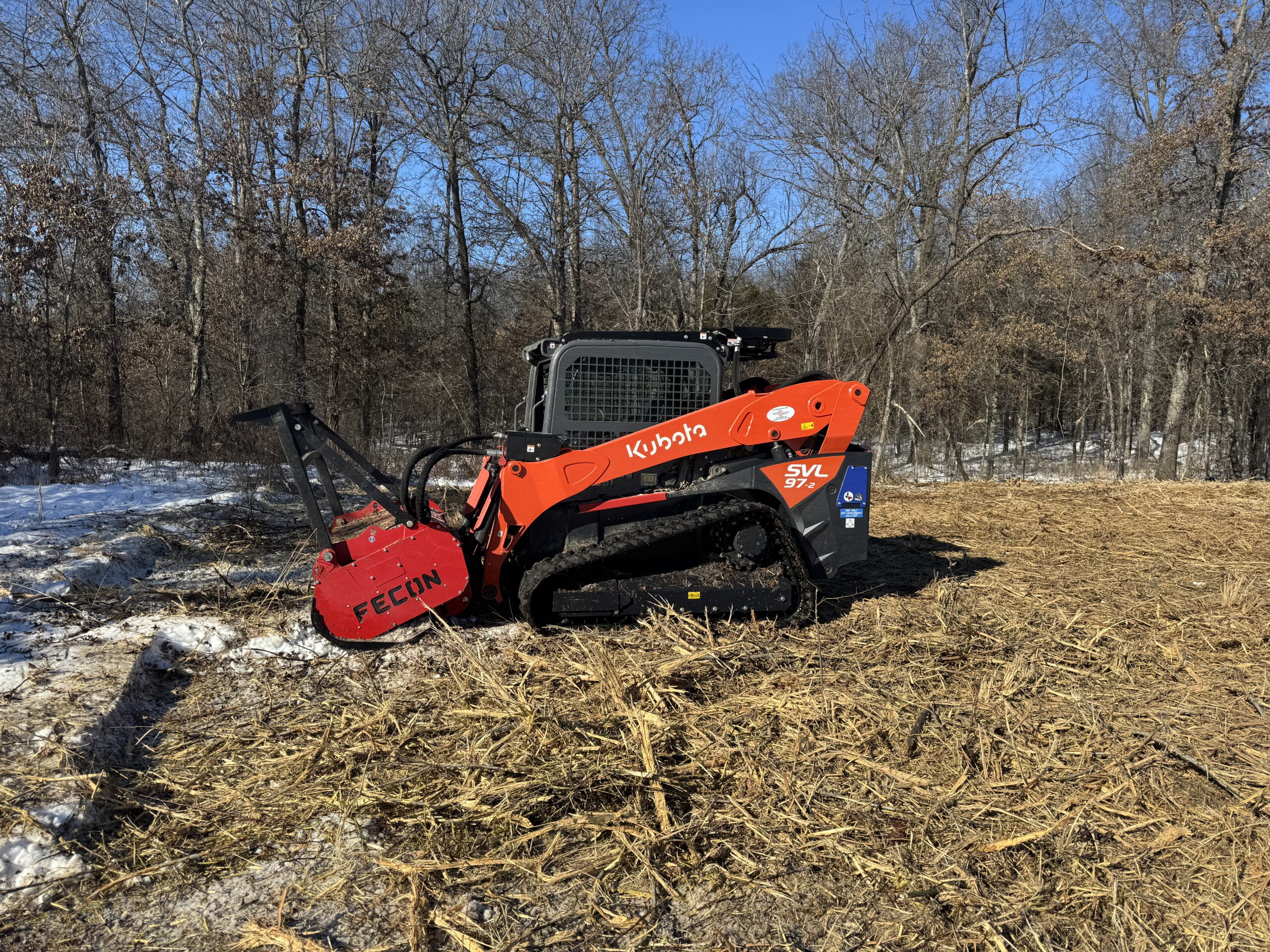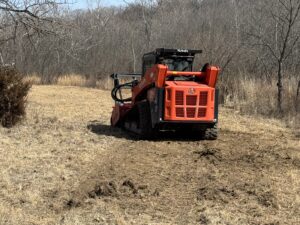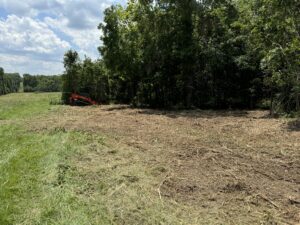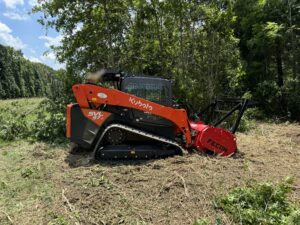Every construction project begins in much the same way: with land clearing services to prepare the plot for the upcoming build. But how property owners handle and plan these services significantly varies. When’s the best time of year to schedule yours?
Each season has its perks and drawbacks. Ridgeline Land Management helps you choose the one that will fit your needs below.
Why Does the Season Matter for Land Clearing Projects?
Clearing land is all about eliminating vegetation, rocky debris, and other obstacles that might prevent you from moving forward with your project after breaking ground. The intensity of the service varies, depending on what you’d like to accomplish. For instance, grubbing services require more equipment and effort than simple debris removal.
But another factor that influences pricing and service duration is the season. After all, plant growth waxes and wanes throughout the year. It makes sense that seasonal shifts impact land clearing services, too.
When Should You Schedule Land Clearing Projects?
There isn’t a right or wrong time for lot preparation services. However, you should still carefully consider how shifting temperatures and weather patterns will influence your project. Let’s explore each season’s pros and cons below.
Advantages and Disadvantages of Spring
Springs in Missouri are a little brisk, even though the temperatures gradually rise. The rainfall steadily increases, which encourages fresh vegetation to grow. On the one hand, your clearing crew will enjoy the following advantages:
- Mild temperatures rather than biting cold or sweltering heat
- Easy access to undesired vegetation
- Softer soil for stump removal
- Simplified identification of potentially unhealthy growth
- Anticipation for warmer weather, when many property owners break ground on projects like gardening or building small structures
However, the rainfall makes the ground softer and more difficult to navigate. Your crew might face delays from temperamental weather or environmental regulations protecting nesting or breeding wildlife.
Advantages and Disadvantages of Summer
Temperatures begin spiking during Missouri summers, reaching the upper 80s with dwindling rainfall. The heat quickly dries the ground, so the soil stays more consistent. That means your crew enjoys a few perks, such as:
- No machinery getting stuck in the mud
- Optimal vegetation clearing opportunities with plants fully foliated
- Longer daylight hours to complete more work
But the intense heat and humidity can create setbacks for your crew. They may need multiple breaks throughout the day to hydrate and recuperate from the physical demands. Plus, prices can spike during this season because the demand for land clearing services increases.
Advantages and Disadvantages of Autumn
Temperatures begin dropping by September, gradually scaling down from the lower 80s to the upper 50s by November. Missouri also typically gets less rainfall, although overcast days may increase. Some of the perks of waiting until autumn to begin clearing your land include:
- Cooler weather that doesn’t drain your crew’s energy levels
- Drier, more consistent soils for machinery to navigate
- Lowering service prices due to decreased demand
- Less foliage to clean when clearing large swaths of land
However, the daylight hours gradually dwindle, leaving less time for crews to work. The weather can also be less predictable, throwing occasional wrenches in your site-clearing progress.
Advantages and Disadvantages of Winter
Missouri winters bring temperatures that predominantly stay in the 40s during the day. Many areas only get five to six days of rain, but the shortened days and generally overcast weather mean the ground may stay consistently damp. How might you benefit from waiting for winter to clear the land?
- Heavy equipment has a stable surface to maneuver on.
- Many animals hibernate or become less active, which lessens your environmental impact.
- If you’re indiscriminately clearing a big area through brush removal, you’ll have less cleanup because vegetation loses its foliage.
- Service prices decrease with lower demand.
- Scheduling may be more open due to the decrease in demand.
Despite these perks, winter may not always be the best time for land clearing. The weather is often cold and damp, making for bone-chilling outdoor work. Snowfall may appear overnight and create impossible work conditions. Your crew may also struggle to break into the hardened ground.
How To Choose the Perfect Season
The best season for your project depends on what you want to accomplish. If you’re struggling to figure out what’s more feasible, consider our pointers:
- Spring works best for selective vegetation removal and smaller projects without breaking ground. These services minimize the heavy machinery needed but enable you to target specifically unhealthy growth.
- Choose summer for bigger projects that require some digging. Crews can easily maneuver equipment and identify sickly vegetation.
- Autumn works well for excavation-heavy projects that take less time.
- Try winter to fully clear a small plot of land, especially if you don’t need to dig.
Ask Ridgeline Land Management About the Best Seasons for Missouri Land Clearing Services
Request a free quote for your land clearing project from Ridgeline Land Management. We can also provide additional guidance for choosing the best service season.
